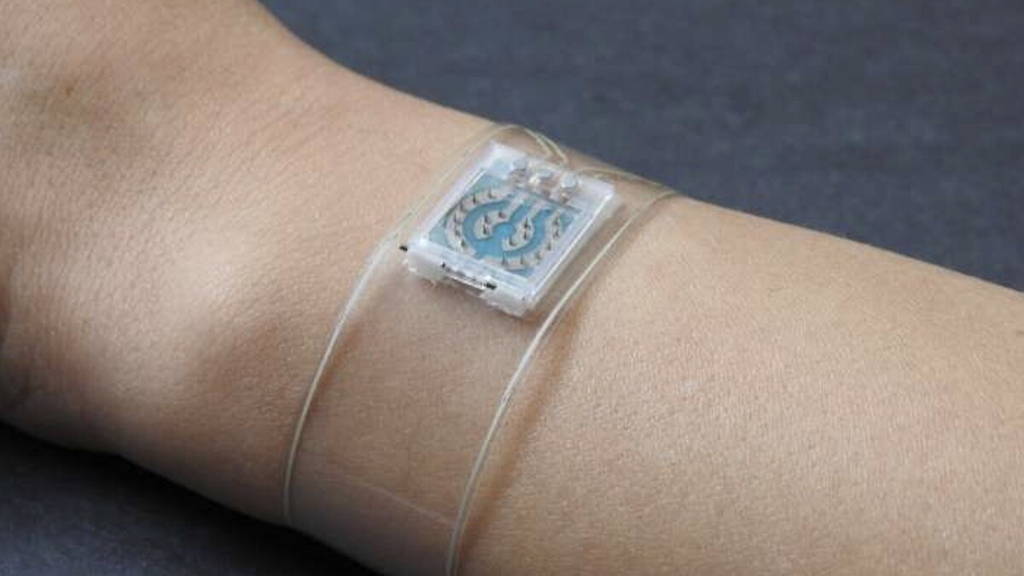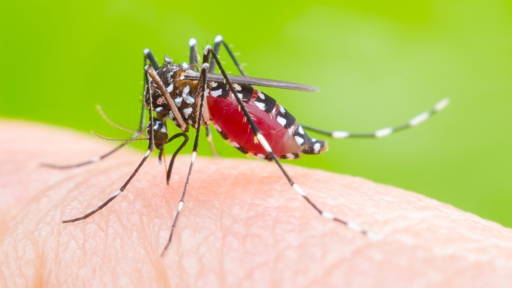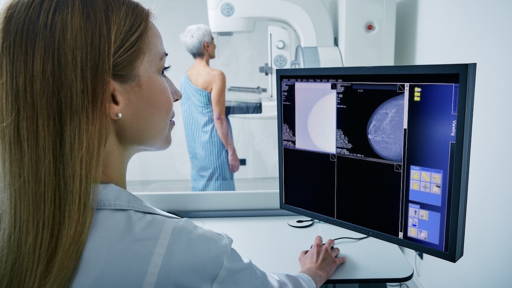Two research groups at UC San Diego have developed an innovative wearable wristband that could radically improve diabetes treatment. The band can simultaneously and continuously monitor both blood sugar levels and heart health.
Diet, alcohol, exercise and stress affect blood sugar levels and heart health in ways that are not systematically tracked by conventional systems. According to Chang, the wristband enables users to monitor daily physiological changes and intervene early, thereby reducing the risk of complications. ‘A single glucose measurement is not sufficient for effective diabetes care,’ says An-Yi Chang, postdoctoral researcher at the Aiiso Yufeng Li Family Dept. of Chemical and Nano Engineering.
Innovative smart wristband
At the heart of the smart wristband is a flexible microneedle array that painlessly takes samples of the interstitial fluid under the skin. Three enzymes in tiny needles enable real-time measurement of glucose, lactate and alcohol. The interchangeable microneedle array also ensures that there is virtually no risk of allergy or infection and can be used for long periods of time. The band also has ultrasonic sensors that can measure blood pressure and arterial stiffness. Finally, built-in ECG electrodes provide heart rate monitoring.
This provides an integrated picture of both metabolic and cardiovascular status, information that traditional glucose monitors cannot provide. The measurement data is displayed on a connected smartphone or other smart device. This allows real-time measurements of blood pressure, heart rate and arterial stiffness, as well as glucose, lactate and alcohol levels, to be read at a glance.
Users can immediately see how, for example, a meal, a glass of alcohol or a walk affects their physiology. This provides valuable insights into personal metabolic and cardiovascular responses to daily stimuli. In tests, the smartband's measurements were found to correspond well with those of professional medical equipment. The researchers therefore see great potential for the smartband, which will of course need to be further developed and tested before it can be brought to market.
The added value of real-time blood sugar monitoring in diabetes patients has been demonstrated many times, and there are already many solutions and tools available for this. We are also seeing more and more wearables such as smartwatches and fitness bands appearing on the market. Earlier this year, we wrote about the international MOTIVATE-T2D study (Canada & UK). In this study, recently diagnosed patients followed a home exercise programme and used a smartwatch with an accelerometer and heart rate sensor, combined with virtual coaching via the app. The result: an 82% retention rate after 12 months, with significant improvements in blood sugar, systolic blood pressure and cholesterol.
Collaboration
Two research groups at UC San Diego collaborated on the development of this new “smartband”. One led by Joseph Wang, who specialises in multi-biomarker wearables, and the other led by Sheng Xu, an expert in wearable ultrasonic sensors. Together, they created a device that simultaneously integrates multiple biomarker measurements and cardiovascular statistics into a single user-friendly platform. The findings of the research and development have been published in Nature Biomedical Engineering.









